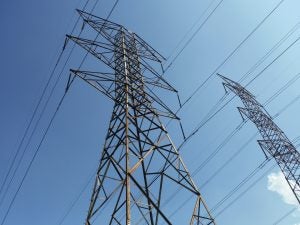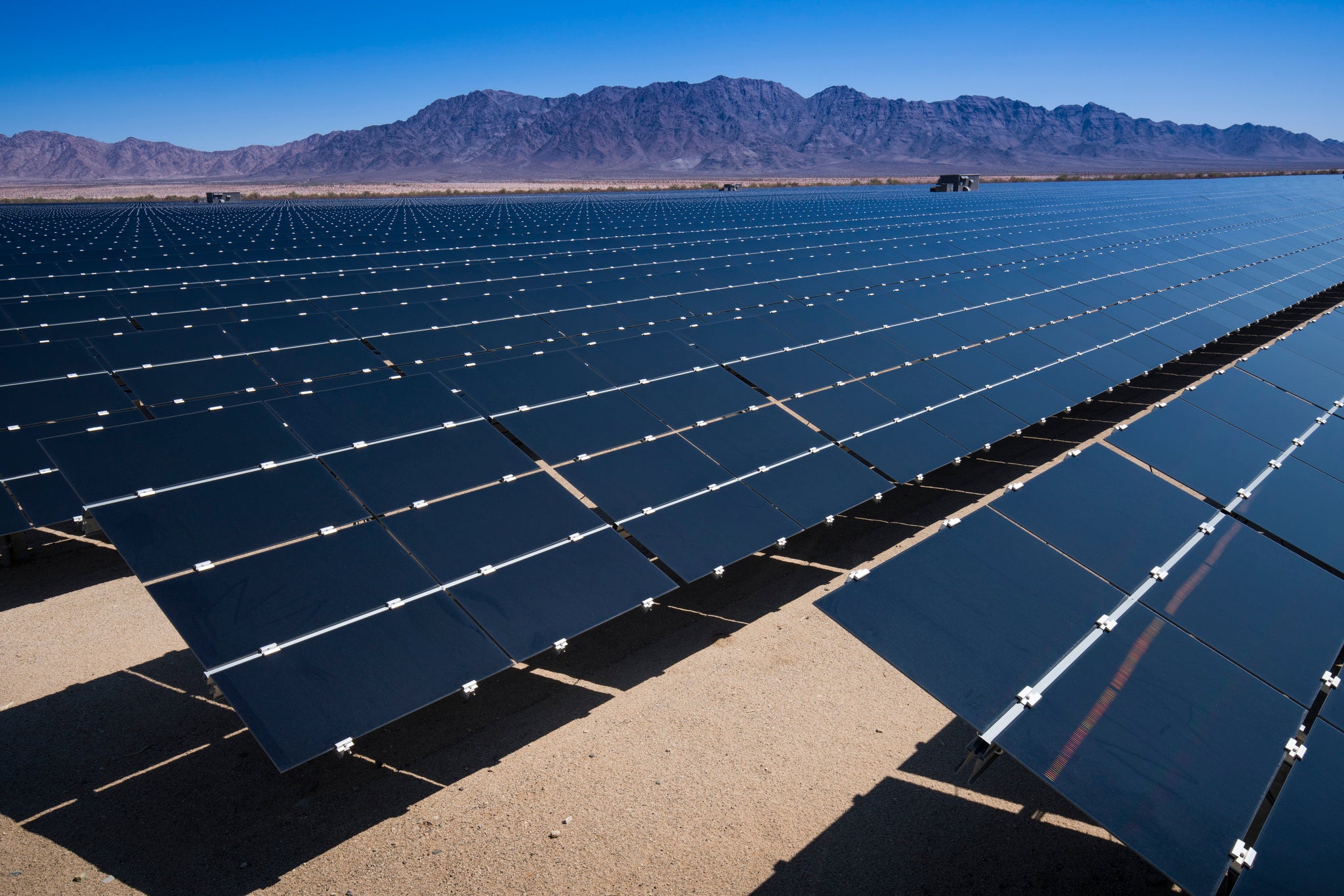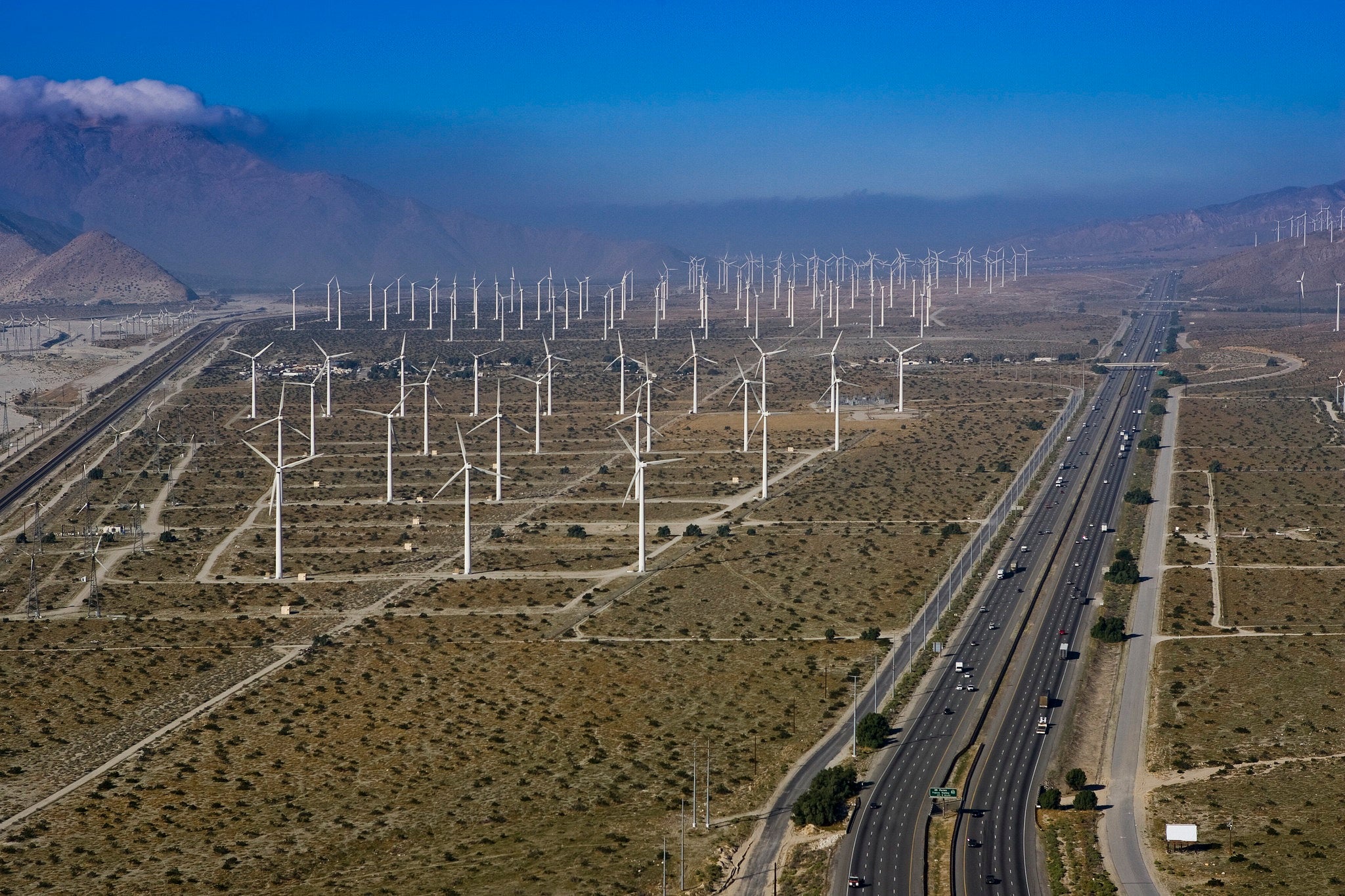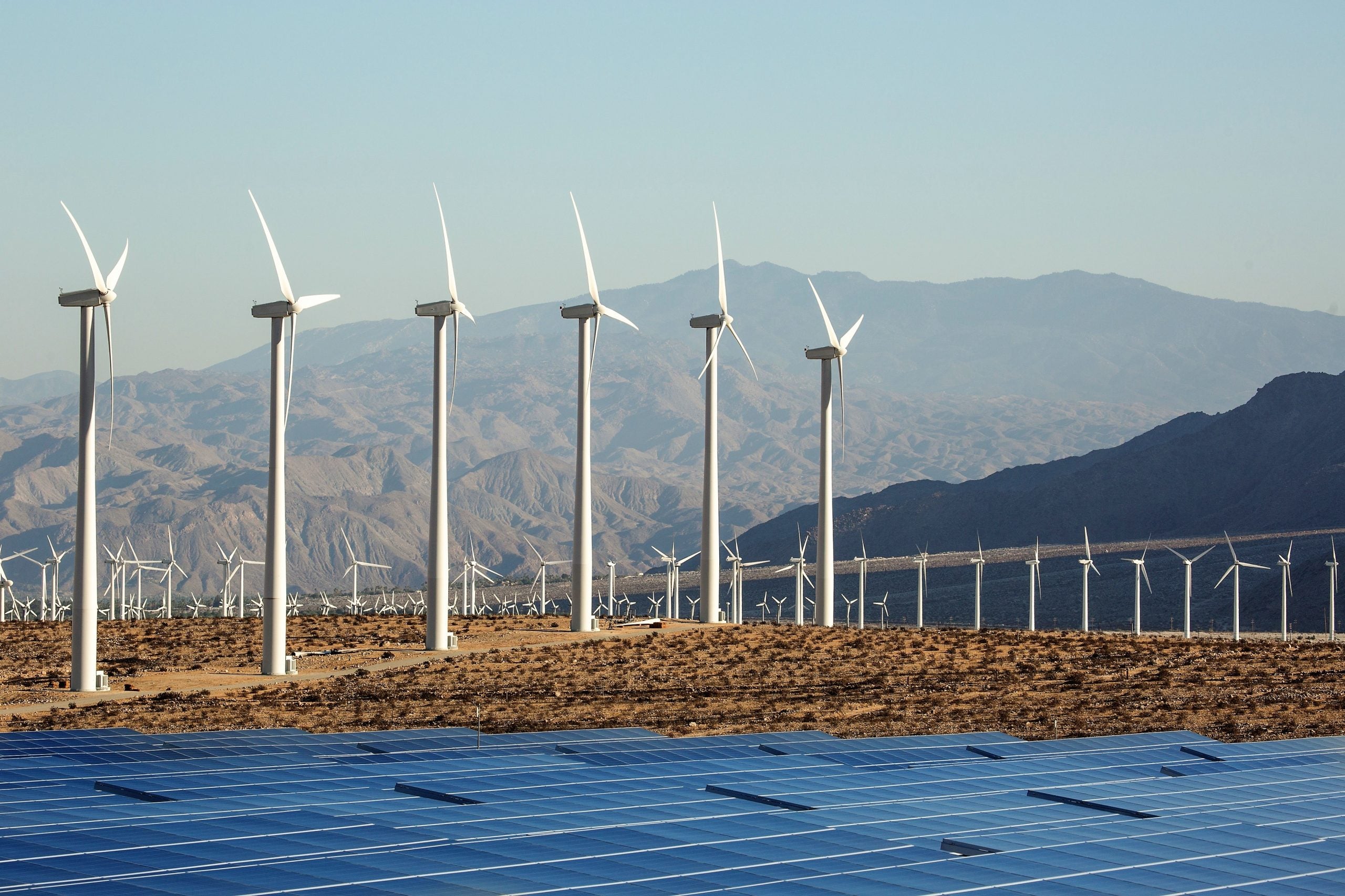
The scoop on the Scoping Plan: California’s plan falls short in ensuring equitable access to an affordable, clean and safe energy system (Part 2)
In May, the California Air Resources Board released the draft 2022 Climate Change Scoping Plan, a roadmap that will guide the state toward meeting its 2030 emissions target and achieving net-zero emissions no later than 2045. This four-part series will unpack several key aspects of the plan and evaluate whether they raise California’s climate ambition to the levels needed to protect communities from the worst climate impacts.
The draft Scoping Plan released by CARB last month attempts to address important climate issues across many sectors in California, including equitable access to an affordable, clean, and safe energy system. As the plan appropriately notes, “a clean, affordable, and reliable electricity grid will serve as a backbone to support deep decarbonization across California’s economy.”
Unfortunately, the recommended actions for the electricity sector are insufficient. CARB needs to increase its ambition in order to fulfill the promise of an affordable, clean and reliable energy system. This includes clearly setting a goal of 0MMT or zero emissions from electricity generation no later than 2045 with direction for planning agencies to establish interim targets and front-loaded actions to measure that progress.
Clear leadership in the power sector is a requirement
A clean power sector will be a backbone of a zero-emissions economy and essential for ramping up California’s near-term ambition. That is because reductions from the power sector are not only critical for reaching the state’s targets, they also help unlock reductions in other sectors like transportation and buildings by allowing these sectors to increasingly rely on clean electricity. In other words, California has to achieve a clean grid to achieve any of its climate targets.
However, under current state law, California is not targeting all emissions from its electric power sector. According to the law, the state must achieve 100% zero-carbon electricity sales by 2045, with 60% of those electricity sales coming from renewables by 2030 and the other 40% coming from other carbon neutral resources.
CARB needs to establish an overall target for emission reductions from electricity generation – not just sales – for two big reasons:
1. California needs to start building a LOT of electricity infrastructure, but it needs an overall target to determine the right mix of electric generation.
EDF has continuously advocated for investment in clean firm power resources to help ensure this major build out of the electricity system is affordable and reliable. CARB should recognize that in order to get the affordable reliable grid it seeks, it needs to call for this category of power generation as well. In prior Scoping Plans, CARB established an overall target for emission reductions (including categories of new investments) and then the state’s integrated resource planning (IRP) process determined the right mix of electric generation to achieve that target. This Scoping Plan draft falls significantly short of setting clear electricity generation goals for the IRP process to follow, which is especially problematic as California needs to be making record-breaking clean energy investments.
Developing power generation takes a significant amount of lead time and extensive planning. A careful planning process is necessary because the infrastructure choices we make today will be around for a lifetime. Factors that need to be considered in the plans include how much land is available for power generation, if there is enough transmission wire to get the power where we need it when it is needed, and if the permitting process is streamlined enough to meet the scale of ambition. Each of these factors will be informed by how much new power generation will be required to decarbonize the economy. As a result, the Scoping Plan needs to establish this zero-carbon requirement now to give the state as much planning time as possible to hit its targets.
2. California needs to curb as much pollution as possible from the power sector now to drive climate progress and cut harmful air pollution. Although Southern California Edison Company – one of the largest electric utilities in the United States and the primary electricity supplier for most of Southern California – recently argued that their plans do not need to fully eliminate emissions, EDF’s analysis indicates that California can fully eliminate emissions from the entire power sector in an affordable and reliable manner.
Rather than taking SCE’s suggestion of complying with the letter but not the spirit of the law, CARB has the opportunity to fully eliminate emissions from the power sector in the revisions to the Scoping Plan. CARB should make this clarification not only because it is the right thing to do, but also because any emissions that do remain in the power sector will continue to burden California’s most vulnerable communities. There is no technical or economic reason to continue to burden these frontline communities; the clearer that CARB is in its revisions to the Scoping Plan, the easier it will be to make the necessary plans for clean energy investments. CARB can simply say – zero means zero.
Embedding equity into the power sector
Today’s power system has unequal benefits and impacts on Californians, and approximately one-third of our residents are on a low-income assistance bill relief program. Electrifying major portions of the economy means that our overall electricity usage will go up, and our energy bills will go up accordingly to cover the cost of building the necessary infrastructure. With proper rate design and regulatory oversight, California should be able to mitigate this impact. To that end, the Scoping Plan should incorporate “energy burden” as a metric, the amount of our monthly budget we spend on energy-related items. Minimizing this burden will be a key metric of success.
The Scoping Plan draft does not adequately recognize that Californians do not have equal access to the power system. There are entire portions of the state, mostly located in remote lands or in tribal territories, that do not have reliable access to electricity. Electrifying major new portions of the economy such as buildings and transportation, could leave these communities further behind.
EDF previously recommended that the Scoping Plan should specifically describe and address impacts to tribes, disadvantaged communities and frontline communities. Using energy burden as one metric to measure the impacts on these communities is an important step in the right direction. CARB should recognize that major new investments will be required to support these communities and revise the Plan to identify alternative funding options other than only relying on ratepayers to pick up the tab.
Actions to be taken
Luckily, all of these issues can be fixed! The revised Scoping Plan should incorporate the following recommendations:
- Clearly committing to 100% zero-carbon electricity generation no later than 2045, with guidance to partner agencies to set interim targets that increase emission reductions in the near-term and support the development of clean firm power resources that require long lead times.
- A greater focus on the impacts on vulnerable frontline populations and those living in disadvantaged communities, including utilizing the energy burden metric.
- Estimate the reasonable amount of land available for power generation.
- Give guidance on how to expedite permitting for that land, including better inter-agency coordination to reduce administrative roadblocks.
- Align the timing and pace of new transmission build out with power generation development.
The Scoping Plan is meant to be a visionary document that leads and guides the state. By incorporating these recommendations – ramping up near-term ambition in the energy sector, setting clear electricity generation targets and explicitly measuring energy burden – we can extend an affordable clean and reliable system to all parts of the economy.
Next in our “Scoop on the Scoping Plan” series, we will evaluate the role and timing of emerging technologies like carbon dioxide removal and hydrogen, as well as discuss how California is going big on transportation electrification in the plan.













One Comment
CARB’s Scoping Plan Update would benefit from more extensive analyses of potential future high stress conditions arising from heat waves, continuing low hydro in California, the Pacific NW and Southwest, high EV growth, wildfires, increased electrification and more rapid decarbonization. Examining alternative emission reduction plans to achieve specific carbon targets under high stress cases will illustrate how a better future mix of power generation technologies, transportation measures and energy efficiency is essential to achieve our energy, environmental and equity goals.
In order to provide 24/7 reliability, energy security, and weather resilience to the electricity grid, significantly more sustainable, dispatchable, always-on, carbon-free geothermal power should be developed and added to balance the western grid and achieve our emission targets.
CARB should take a more realistic look at the many beneficial attributes geothermal energy provides that intermittent solar and wind, even with batteries, cannot. Overall, renewable geothermal energy will create more jobs, will have the lowest lifecycle environmental impacts and costs, and can be used to extract lithium, produce hydrogen, desalinate seawater, and generate clean baseload power.
As an EDF member since 1975, a year when I first learned about geothermal and other renewable energy resources, I applaud EDF’s continuing efforts to create and apply market mechanisms and complementary regulations that have achieved major environmental benefits in the U.S. and around the world. CARB’s 2022 Scoping Plan Update is an opportunity to point out better ways to reach our local and global goals.